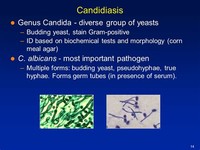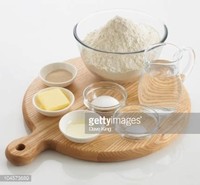Facts about Yeast

Candida is commonly found as a commensal yeast in the mucus membranes of humans and other warm-blooded animals.

Yeasts are ubiquitous in the environment, but are most frequently isolated from sugar-rich media, such as fruits and berries (e.g., grapes, apples, or peaches) and exudates from plants (such as plant saps or cacti).

Yeasts are chemoorganotrophs: they use organic compounds as a source of energy and do not require light to grow.
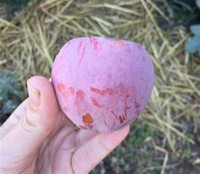
The fermentation can be done with this indigenous (or wild) yeast (Ross 1997); however, this may yield unpredictable results depending on the yeast species that are present.

Nutritional yeast is an excellent source of protein and vitamins, especially the B-complex vitamins, whose functions are related to metabolism, as well as other minerals and cofactors required for growth.
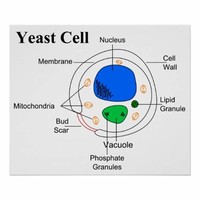
Yeasts also are important as model organisms in modern cell biology research.
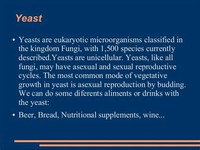
The most common mode of vegetative growth in yeast is asexual reproduction by budding or fission (Balasubramanian et al.

To ensure purity of strain in industrial brewing, a “clean” sample of the yeast is stored and refrigerated in a laboratory.

The term yeast is often taken as a synonym for S. cerevisiae, or "baker's yeast" (Kurtzman 1994).

Yeast cells were first observed under the microscope in 1680 by the Dutch naturalist Anton van Leeuwenhoek, who at the time considered them to be globular structures rather than living organisms (Huxley 1871).
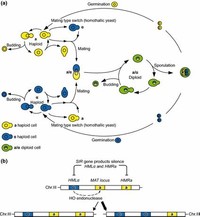
Yeast cells can exist as either diploids (which contain two homologous sets of chromosomes) or haploids (cells containing only one set of chromosomes).

In winemaking, yeast converts the sugars present in grape juice or must ( juice of freshly pressed grapes that contains various quantities of pulp, skins, stems, and seeds).

Top-fermenting yeasts are so-called because they form a foam at the top of the wort (the liquid produced from crushed malted grain and water).

Yeast is used in nutritional supplements popular with vegans and the health conscious; in this context, it is often referred to as nutritional yeast.
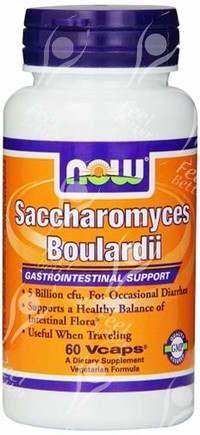
Some probiotic supplements use the yeast Saccharomyces boulardii to maintain and restore the natural flora in the large and small gastrointestinal tract.

The cell cycle in a yeast cell is very similar to the cell cycle in humans; therefore, the basic cellular mechanics of DNA replication, recombination, cell division, and metabolism are comparable (SGD 2005).

Yeasts feed on sugars, generating the end-products ethanol (essential to beer and wine production) and carbon dioxide (essential to the baking of leavened bread).

Nutritional yeast has a nutty, cheesy, creamy flavor that makes it popular as an ingredient in cheese substitutes; it is often used in place of parmesan cheese and as a topping for popcorn.

The dying yeast cells are then heated to complete their breakdown, after which the husks (yeasts with thick cell walls) are separated.
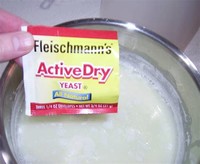
Yeasts are then added to convert the simple sugars to ethanol, which is distilled off to obtain ethanol up to 96 percent in concentration (GTL 2006).
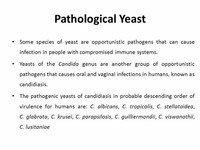
Some species of yeast are opportunistic pathogens; that is, they can cause infection in people with compromised immune systems.

Beer brewers classify yeasts as top-fermenting and bottom-fermenting.

Various species of yeast are used in symbiosis with acetic acid bacteria in the preparation of Kombucha, a fermented sweetened tea.
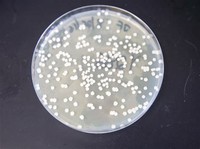
The ability of yeast to convert sugar into ethanol has been harnessed by the biotechnology industry to generate ethanol fuel.

The bud can develop on different areas of the parent cell depending on the genus of the yeast.
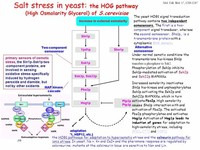
Under high stress conditions, such as nutrient depletion, haploid yeast cells will generally die.

Yeast autolysates are used in Vegemite and Promite (Australia), Marmite and Bovril (the United Kingdom and Republic of Ireland), Oxo (South Africa, United Kingdom, and Republic of Ireland), and Cenovis (Switzerland).

Some species of yeast, such as Candida albicans, are opportunistic pathogens that can cause infection in humans, particularly those with compromised immune systems.

Top-fermenting yeasts can produce high ethanol concentrations and prefer high temperatures, yielding fruitier, sweeter, ale-type beers than bottom-fermenting yeasts, which are used to produce lager-type beers.

Yeasts of the Candida genus are another group of opportunistic pathogens, causing oral and vaginal infections in humans.
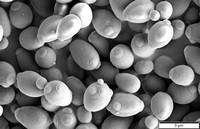
Several yeasts, particularly Saccharomyces cerevisiae, have been widely studied as model organisms in genetics and cell biology.

Many Protestant preachers denounced him as a threat to the morality of Christian youth, and even the national Jesuit magazine America warned its readers against him in an article entitled "Beware Elvis Presley.

Yeasts that reproduce via budding are known as "true yeasts" and are classified in the order Saccharomycetales (SGD 2005).

Yeasts do not form a specific taxonomic or phylogenetic grouping; they are a diverse assemblage of unicellular organisms that occur in two divisions of fungi (Ascomycotina and Basidiomycotina) and 100 genera.

Recently, yeasts have been used to generate electricity in microbial fuel cells (HUT 2006) and to produce ethanol for the biofuel industry.

Yeasts are generally grown in the laboratory on solid growth media or liquid broths.

The use of potatoes, water from potato boiling, eggs, or sugar in a bread dough accelerates the growth of yeasts.

The second yeast species to have its genome mapped was Schizosaccharomyces pombe; the sequencing was completed in 2002.

Carbohydrate-containing plant material is fermented by yeast, producing a dilute solution of ethanol in the process.

In 1857, French microbiologist Louis Pasteur proved in the paper Mйmoire sur la fermentation alcoolique that alcoholic fermentation was conducted by living yeasts and not by a chemical catalyst, as previously thought (Barnett 2003).

The carbonation process created by the active yeast is halted at an earlier stage, generating only trace amounts of alcohol and leaving a significant amount of sugar in the drink.

Most yeasts reproduce by budding, during which a small protrusion or bud, the daughter cell, is formed on the parent cell.
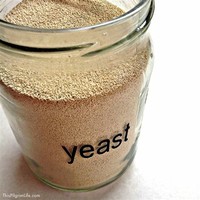
The majority of yeast used in baking is of the same species (S. cerevisiae) common in alcohol fermentation.

The mating (or conjugation) of yeast occurs only between haploids, which can be either the a or ? (alpha) mating type (thus displaying simple sexual differentiation).
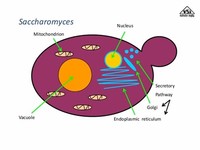
The cells of the yeast are surrounded by a rigid polysaccharide capsule, which helps to prevent them from being recognized and engulfed by white blood cells in the human body.

The term yeast is also used for commercial baking products that consist of yeast or dried yeast cells.

Yeast is used in baking as a leavening agent, converting the fermentable sugars present in the dough into carbon dioxide.

Given the extensive similarities between yeast cells and human cells, yeast homologues (or counterparts) of human genes, particularly those associated with specific diseases, may provide insights that aid in medical diagnosis and treatment.
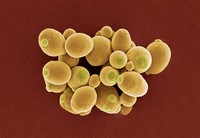
Saccharomyces yeasts have been genetically engineered to ferment xylose, one of the major fermentable sugars present in cellulosic biomasses, such as agriculture residues, paper wastes, and wood chips (Ho et al.

Yeast microbes are probably one of the earliest domesticated organisms, used for alcoholic fermentation and baking throughout history.

Yeast extract is the common name for various forms of processed yeast products that are used as food additives or flavorings.

The size of these microorganisms varies greatly depending on the species; yeast cells typically measure 3 to 7 micrometers in diameter, although some can reach over 40 µm (Walker et al.

Pasteur showed that by bubbling oxygen into the yeast broth, cell growth could be increased, while fermentation was inhibited—a phenomenon later called the Pasteur effect.
